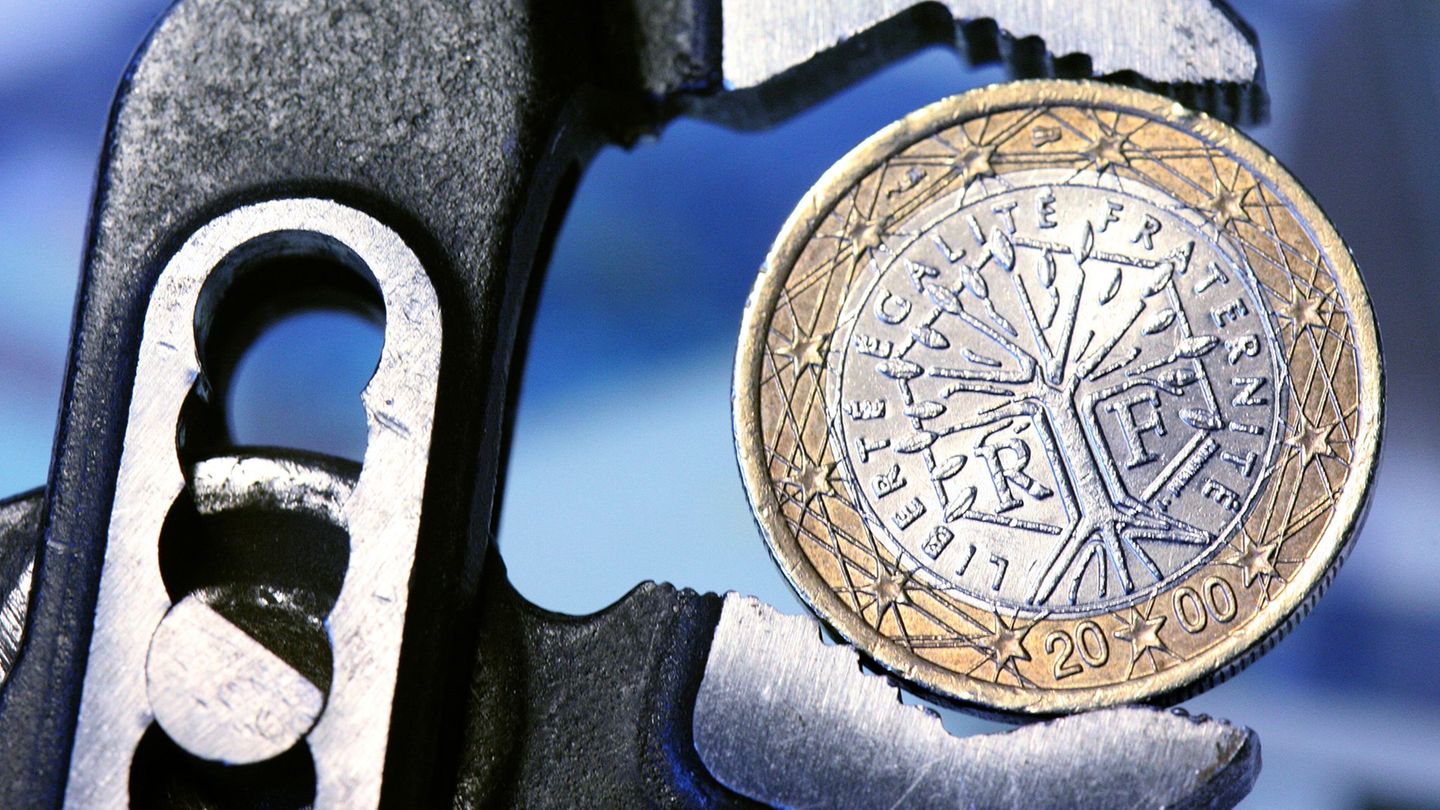The center-left camp led by the opposition Social Democrats clearly won the ballot, according to an extrapolation from the newspaper “Verdens Gang” (VG). According to this, the left opposition has more than 101 of the 169 seats in parliament, while the conservatives of Prime Minister Erna Solberg and her right-wing populist partner fell massively.
Solberg had ruled the Scandinavian country for the past eight years, and was most recently the only conservative head of government in Northern Europe. On election day, she had given herself confident that, according to the polls, she would be able to avert what appeared to be deselection. The defeat of the right-wing parties turned out to be even more pronounced than expected.
According to the forecast, the Social Democrats of opposition leader Jonas Gahr Störe came in at 25.6 percent, which is a slight loss compared to the previous election. Gahr Störes alliance partners, the Socialist Left Party and the Center Party, were able to gain, so that the three parties together have an absolute majority of 87 seats.
Gahr Störe will thus be able to govern without the support of the communists and the Greens. The head of the Social Democrats rejects the Greens’ demand for a complete oil phase-out by 2030. The Norwegian oil industry is responsible for 14 percent of gross domestic product, 30 percent of exports and 160,000 jobs.
Solberg’s Conservatives and the right-wing populist Progress Party lost almost nine percentage points together. According to the forecasts, the previous ruling party will only be able to hold out just above the 20 percent mark. In the last parliamentary election four years ago, the Social Democrats received 27.4 percent of the vote, Solberg’s Conservatives 25.0 percent. Thanks to the stronger coalition partners and supporter parties, the Solberg government was able to remain in office for another four years.
“I have a good feeling,” said the 61-year-old Støre when, like almost 200,000 other Norwegians, he had already cast his vote on Sunday – this was already possible in almost half of the Norwegian municipalities before the actual Monday of the election . Already before that, just under 1.65 million people had voted early – that was 42 percent of the roughly 3.9 million eligible voters.
The fact that climate and environmental protection in particular, as well as the question of social injustice, had taken up more space in the election campaign, played into the cards above all left-wing parties. According to experts, many Norwegians would also like to see political change after eight years of conservative government, even though the country is actually doing pretty well. Solberg had led Norway through the Corona crisis relatively well, which had given it political impetus in spring 2020 – but it did not last until now.
Støre has been the chairman of the Social Democrats since 2014, who last appointed Jens Stoltenberg as the Norwegian head of government between 2005 and 2013. Under the current NATO Secretary General, Støre was Foreign Minister for seven years and Minister of Health for another year. In the 2017 election, he had already run as a social democratic top candidate against Solberg, but had to give her precedence at the time.




